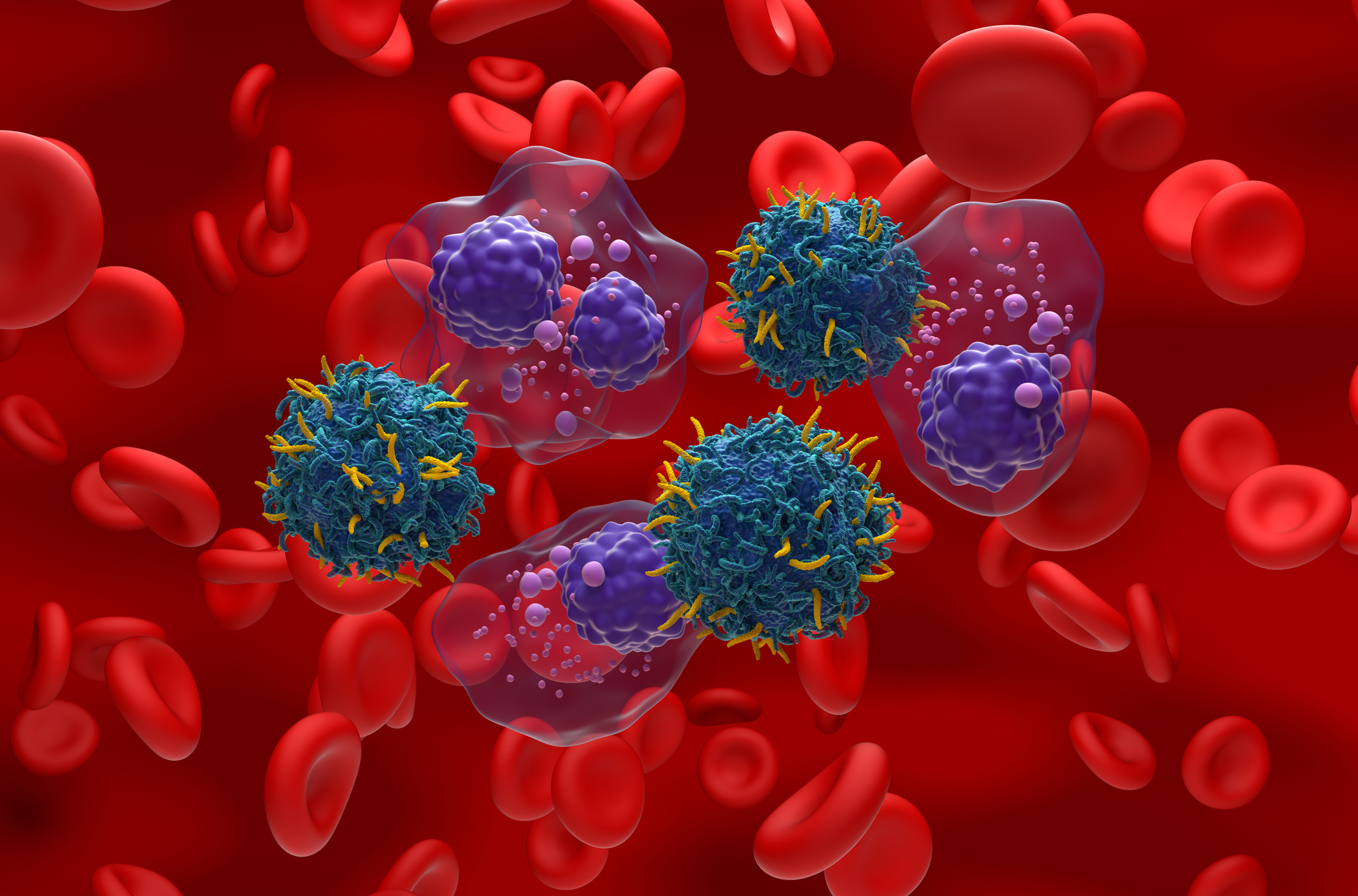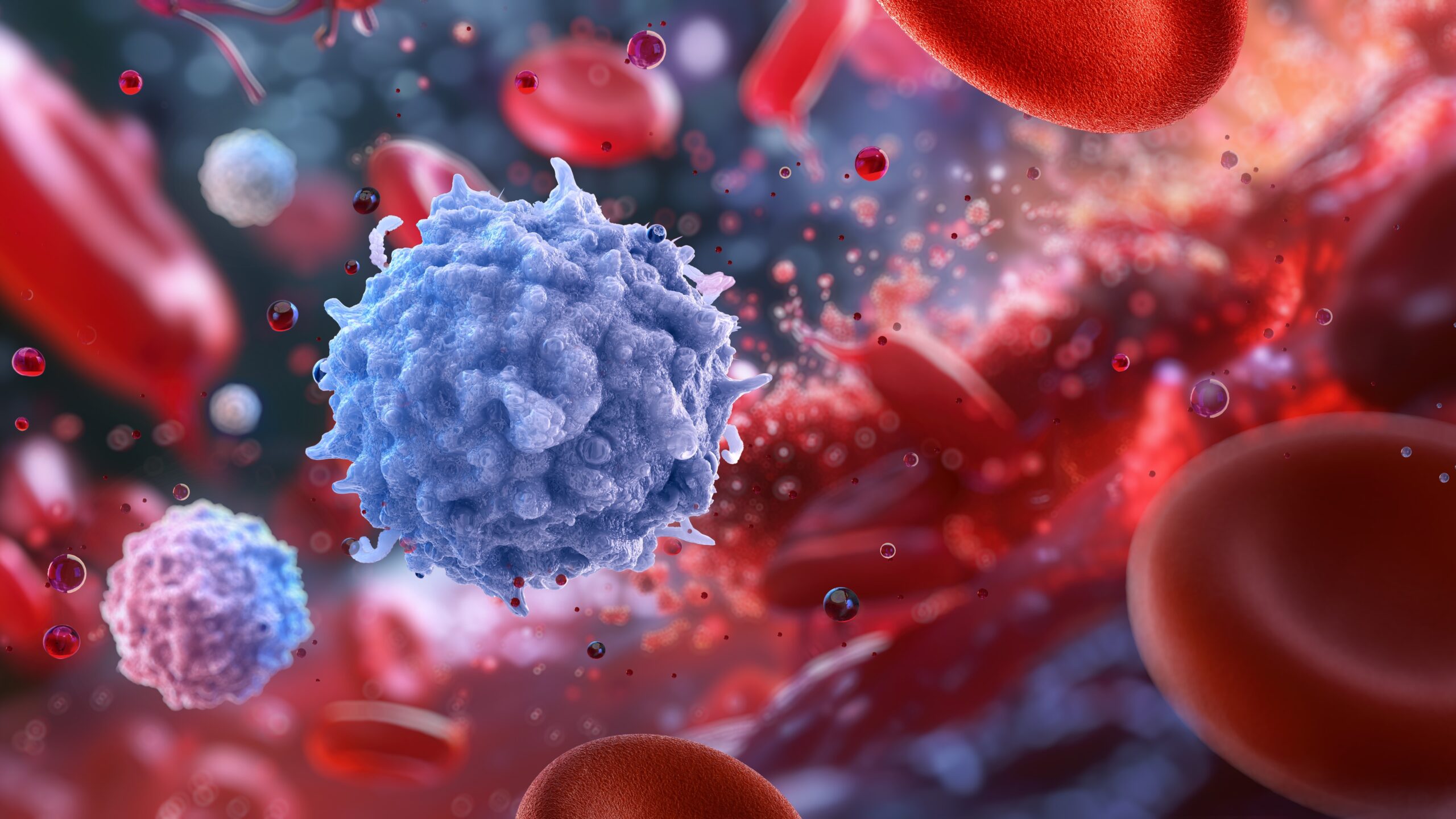
In 2020 the anti–B-cell maturation antigen antibody-drug conjugate belantamab mafodotin received accelerated and conditional approvals in the US and Europe to treat relapsed or refractory multiple myeloma (MM) after at least 4 prior lines of therapy, approvals that were later revoked for those markets. A team of investigators examined the clinical trial history of this conjugate to identify the cause of its ultimate loss of approvals. They presented their assessments in a review article published in Blood Cancer Journal.1
The withdrawal of approvals for belantamab mafodotin occurred in response to the outcome of the phase 3 confirmatory DREAMM-3 trial, an evaluation of monotherapy with the conjugate for MM refractory to at least 2 prior lines of therapy.1 Specifically, the conjugate did not meet the trial’s established primary end point of exhibiting superior progression-free survival (PFS) versus treatment with pomalidomide plus low-dose dexamethasone.2
However, the investigators point out that within the DREAMM-3 trial, although belantamab mafodotin failed to attain the primary end point, it still achieved durable responses and favorable overall response rates (ORRs) consistent with its performance in the phase 1 DREAMM-1 and phase 2 DREAMM-2 trials. The ORRs the conjugate produced in these 2 trials, involving patients with triple-class refractory MM, were the basis for the approvals for belantamab mafodotin monotherapy granted by the US FDA and European Medicines Agency (EMA) in 2020.1
According to the investigators, the failure of belantamab mafodotin monotherapy to meet the established statistical primary end point for PFS in DREAMM-3 was primarily based on the heterogeneous response to treatment in the trial, a common phenomenon in MM. The statistical approach in the trial’s design was flawed in that it did not adequately anticipate and prepare for such heterogeneity of responses, leading to a nonproportional hazards effect and the negative statistical outcome in terms of PFS.1
The investigators proposed other contributing factors as behind belantamab mafodotin monotherapy’s apparent failure to statistically meet the DREAMM-3 primary end point for PFS. Given that this trial was a comparison of monotherapy with the conjugate and active doublet therapy of pomalidomide plus dexamethasone, noninferiority in PFS performance would have been a more suitable standard for comparison than superiority. The trial also likely needed a longer follow-up to produce results that had greater statistical strength and more accurately reflected the clinical benefits of the conjugate.1
Despite the loss of approvals for monotherapy use, belantamab mafodotin continues to be evaluated in trials as part of combination therapies for relapsed or refractory MM. These trials are important to observe how combinations of agents with differing mechanisms of action interact to treat the disease, as well as to compare the combinations’ performance against standard-of-care therapy. Following insights gained from DREAMM-3, such studies’ designs have been updated to bring a more accurate statistical picture of the PFS benefit of the polytherapies being evaluated.1
The head-to-head, phase 3 DREAMM-7 and DREAMM-8 clinical trials are examples of such studies of combination therapies for relapsed or refractory MM that include belantamab mafodotin with designs that were adjusted after DREAMM-3. In DREAMM-7, belantamab mafodotin combined with bortezomib and dexamethasone was compared with daratumumab plus bortezomib and dexamethasone, and interim analysis showed the test triplet to have a more favorable PFS benefit.3 A greater relative PFS benefit with the combination that featured belantamab mafodotin was also seen in the second interim analysis from the DREAMM-8 trial in which the combination of the conjugate and pomalidomide and dexamethasone was compared with pomalidomide plus bortezomib and dexamethasone.4
The DREAMM-3, DREAMM-7, and DREAMM-8 trials were funded by GlaxoSmithKline.
References
- Mukhopadhyay P, Abdullah HA, Opalinska JB, et al. The clinical journey of belantamab mafodotin in relapsed or refractory multiple myeloma: lessons in drug development. Blood Cancer J. 2025;15(1):15. doi:10.1038/s41408-025-01212-0
- Dimopoulos MA, Hungria VTM, Radinoff A, et al. Efficacy and safety of single-agent belantamab mafodotin versus pomalidomide plus low-dose dexamethasone in patients with relapsed or refractory multiple myeloma (DREAMM-3): a phase 3, open-label, randomised study. Lancet Haematol. 2023;10(10):e801-e812. doi:10.1016/S2352-3026(23)00243-0
- Hungria V, Robak P, Hus M, et al. Belantamab mafodotin, bortezomib, and dexamethasone for multiple myeloma. N Engl J Med. 2024;391(5):393-407. doi:10.1056/NEJMoa2405090
- Dimopoulos MA, Beksac M, Pour L, et al. Belantamab mafodotin, pomalidomide, and dexamethasone in multiple myeloma. N Engl J Med. 2024;391(5):408-421. doi:10.1056/NEJMoa2403407






 © 2025 Mashup Media, LLC, a Formedics Property. All Rights Reserved.
© 2025 Mashup Media, LLC, a Formedics Property. All Rights Reserved.